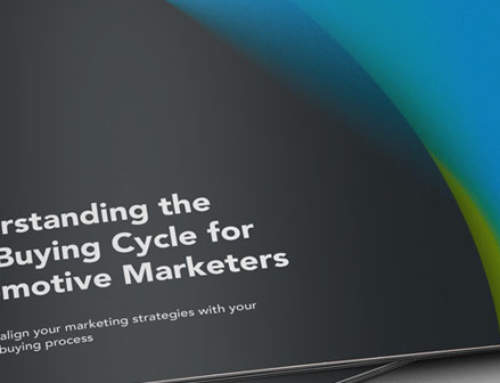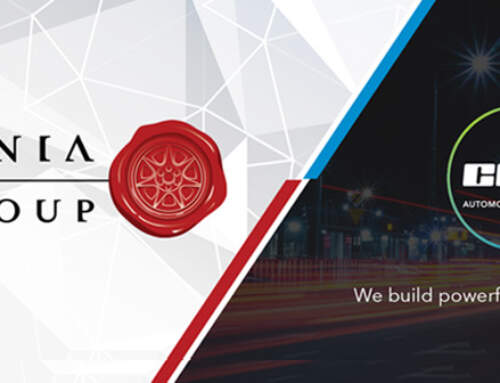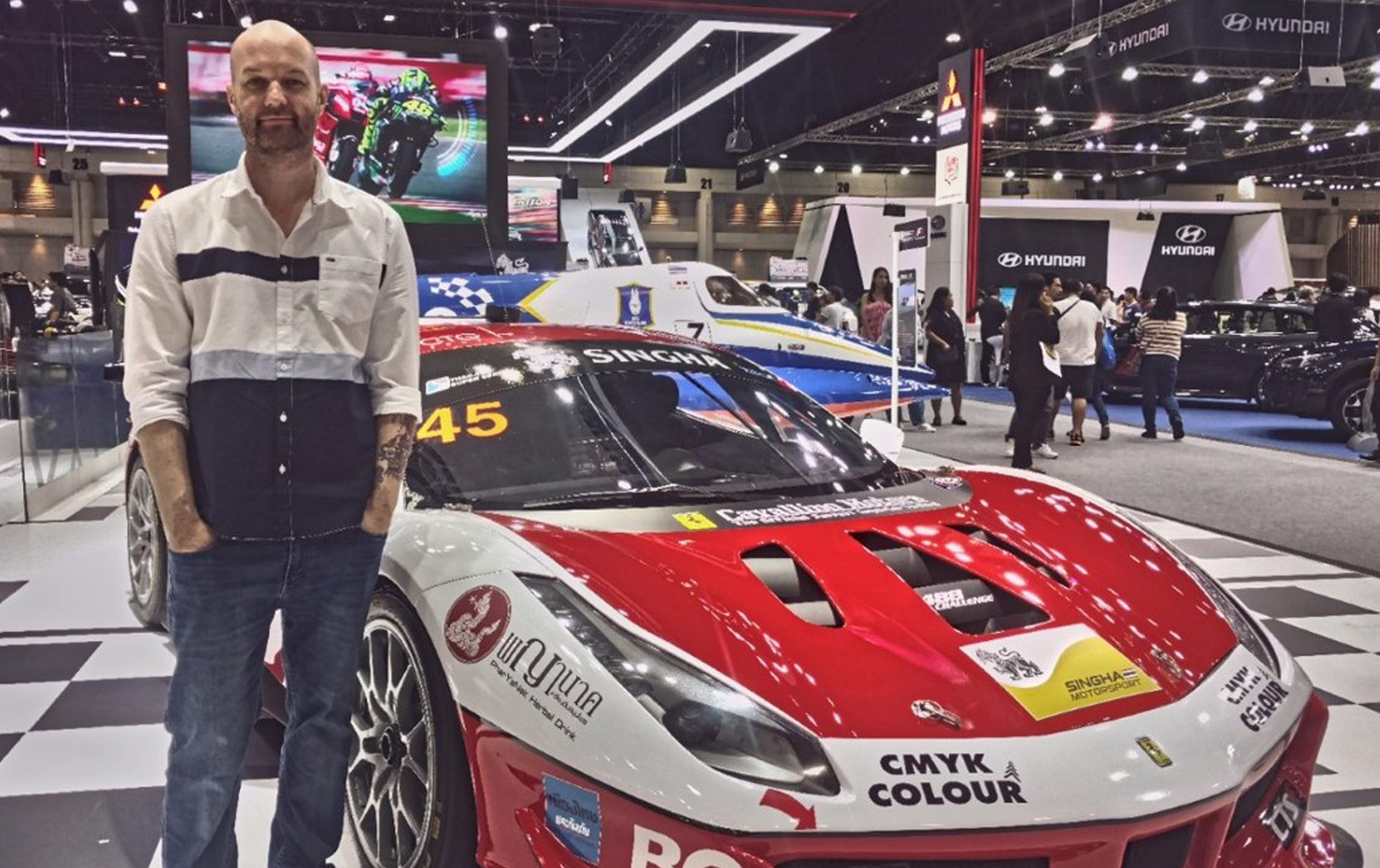The Impact of Rapid Automotive Industry Change on Brands
Rapid changes in the auto industry not only effect our businesses and operations but they can have a significant impact on our brands. This has become more noticeable in recent years as the accelerated move towards electrification has left some brands feeling outdated or clinging on to fossil fuel technologies – which can often have significant ramifications on the reputation or the perceived priorities of these companies.
The global pandemic drove the need to rapidly digitize many functions, especially in marcomms and many marketing teams are still getting to grips with effectively using digital channels. When OE suppliers don’t change fast enough, there is a risk of multiple impacts on their brands, perhaps the most common we see is Brand Misalignment.
Brand Misalignment
Perhaps the most common impact we see, as a result of rapid industry change, is brand misalignment. While the auto industry transitions towards electrification and the ever-greater integration of technology, this new and evolving landscape requires a different set of components, parts and systems than those found in more traditional ICE vehicles. So many OE suppliers are scrambling to add new product lines and capabilities, whether through tooling up, investing in technology developments or acquiring companies to quickly add new capability under the umbrella of the brand. However, this shift in the capability requires marketing to help re-position the company as relevant to these new products and services. If the OE brand isn’t kept inline and up to date with the expanded capabilities, there’s a strong possibility that they will be overlooked in the search for new suppliers.
Even if you’re not too concerned by the advances of electrification or you’re doing a good job in that field already, there’s a whole range of other challenges to keep an eye on to ensure your business remains relevant and competitive. Disruption in global supply chains, the chip, shortage, increasing product complexity and the increasing threat of competition from emerging economies is real. I’ve worked with Turkish and Indian companies who can offer outstanding levels of precision engineering at a fraction of the cost of a US supplier and there are growing regions such as Morocco who are getting in the game too. There’s never been a more important time than now to double down on your marketing and your brand to protect your place as a supplier.
Investing in marketing and branding will help your business stand out, reposition and stand a better chance of taking a future slice of what’s going to be a much smaller pie. After all, there are significantly fewer parts and components in an electric vehicle than in an ICE vehicle – so it stands to reason that the supplier list is likely to get a lot smaller.
I am totally aware that mass-adoption of EVs is still yet to happen. It’s more likely to have greater impact and a faster transition in Europe or regions of Asia, where the EV model suits the closer proximity of cities. But here in North America, there are many waiting to see if this really sticks. As much as it looks like it will and as much investment that has been thrown at it, if consumer adoption doesn’t ultimately drive demand, there may still be an extended future for many smaller suppliers of ICE components. But that’s a risky strategy to take.
The diversification of product lines, new technologies and the result of acquisitions often causes a brand perception problem. If your company has been serving the ICE market for 30+ years, even if you re-invest or acquire an expanded portfolio of products, your brand may hold you back from falling into the consideration set of OEMs for these areas. I have seen and experienced this first hand with many of our clients, where the outward message and positioning doesn’t match the full capability of the company, causing a confused message and a lagging sales pipeline.
There are some common symptoms of brand misalignment, most often seen in the following forms:
- You may not be communicating the entire range of products and services you offer to your customers. The Supplier company has taken the initiative to invest or tool-up but hasn’t communicated correctly to the right audience about their expanded capabilities.
- You’re regularly losing out on new market opportunities or chances to pitch for new contracts
- Missing out on opportunities to expand existing accounts for new product lines?
- The brand no longer fits the entire portfolio and loses relevance due to a merger or acquisition
- Or maybe your products are being shoe-horned into customer’s requirements but delivers a poor fit
- More and more frequently, we’re seeing this through staffing issues – the company is losing staff or is struggling to attract top talent and maintain an enthusiastic workforce
So ask yourself, are you actively defining and communicating your brand and saying the right messages and maintaining relevance? All of these symptoms are commonly associated with poor brand positioning and can be clear signs that investment into your brand is probably required.
How Can Automotive OE Suppliers Adapt to Brand Misalignment?
My advice is to invest in communicating your brand across multiple touch-points and begin to shift perceptions of Who and What your business is. This isn’t necessarily a quick fix. In fact, it can take years to truly shift the industry’s perception of your brand but, as marketers, we often neglect the importance of branding, and focus too heavily on shorter term sales goals.
From my experience, over the last few years, I’ve seen marketing departments focused on boosting sales in the short term. It’s easy to see why this may be the case too. Sales execs have targets based on generating sales within the next three or six months – not the next 18. Senior marketing tenures within businesses have reduced, with the average CMO role now being only 40 months! This means the push to generating shorter term sales can be easily understood. It’s tangible impact that can be shown on a resume or on the sales director’s latest report, helping to hit their own KPIs. This short-term focus towards immediate sales-based objectives, leaves the brand lacking in the ability to make a longer-term impact.
Research shows that in B2B markets (which is mostly where this group is), only up to 5% of your available market will be in the position to purchase from you at any given moment. What this means is that, no matter how good your marketing and comms are, if your customers aren’t ready to buy, you will squander much of your marketing budget and resource on being too short-term focused. Alternatively, investing at least something into longer term brand building strategies helps to build salience over an extended time frame, which is essentially placing your brand into the purchaser’s consideration set – at the point of purchase.
Shifting your focus and marketing efforts towards longer term branding activities is essential in navigating change and has multiple benefits, compared to short-term sales activation strategies. These can be seen in the following:
- Uplift in short term sales
- Long term sales and alignment with extended B2B sales cycles
- A strong brand often allows pricing power
- Category expansion is more effective as the brand helps to manage customer expectations and perceptions with new product ranges
- Talent acquisition becomes easier and cheaper – people want to work with well-known brands
- A strong brand offers protection from significant competitor activities
If you are looking for ways to adapt to industry change, contact CMB to see how we can help











